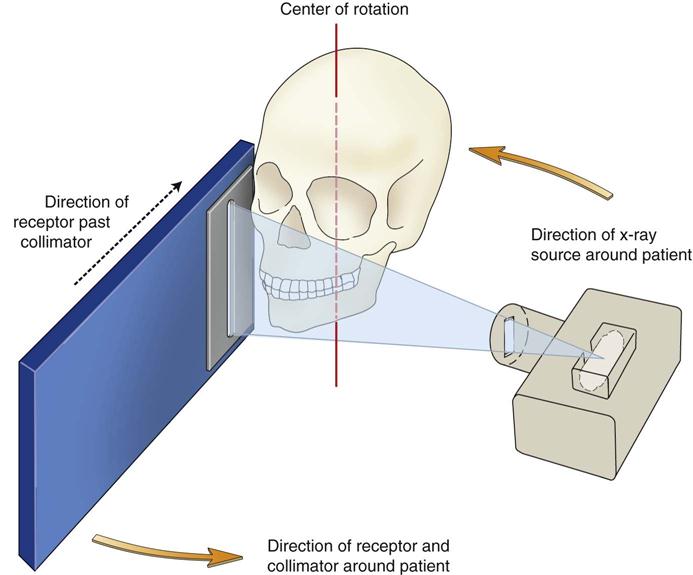

For this reason, it is generally not very helpful or informative to describe any radio-graphic examination as being performed at a given milliampere-second value. The milliampere-second value indicates the relative radiation output for a given x-ray tube when operated at a specified tube voltage, but does not account for differences between xray systems using a variety of tubes and filtration. The product of the tube current and exposure time, known as the milliampere-second value, is the primary indicator of the x-ray beam intensity. Important determinants of x-ray beam quantity are the choice of tube current (milliamperes) and the corresponding x-ray beam exposure times (seconds). Although artifacts in radiographic imaging are of obvious importance for image quality, these are beyond the scope of this article. Key x-ray choices include the voltage across the x-ray tube (kilovoltage), the size of the x-ray tube current (milliamperes), and the imaging exposure time (seconds). It is therefore essential for radiologists to understand how choices for each protocol parameter will affect the resultant image being generated. The most important aspect of the choice of protocol parameters is to ensure that the image quality will be sufficient for a given diagnostic imaging task. The choice of protocol parameter also affects the amount of radiation received by the patient, and radiologists need to ensure that patients are not being subjected to unnecessary radiation exposure. Radiographic protocol parameters should be selected to ensure adequate diagnostic performance, and radiologists therefore need to understand the image creation process, in addition to interpreting radiologic examinations. Irrespective of the range of nutrient supply, plants on short photoperiod produced a greater total number of gemmae cups but on long photoperiod a greater number of gametangiophores than comparable plants on short photoperiod.Radiologists are responsible for the manner in which radiologic examinations, including radiographs, mammograms, and CT images, are obtained. Irrespective of the range of nutrient supply, plants on long photoperiod were larger and had greater dry weight than similar plants on comparable solutions on short photoperiod.

The differences between the lots of plants grown on the two photoperiods were both quantitative and qualitative. Some of the plants were grown on long photoperiod, 18 hours of light out of each 24-hour cycle, and on short photoperiod, 9 hours of light out of each 24. Up to the limits of the quantities supplied, plants make greater growth with increasing amounts of NO 3, provided all other ions are present. Phosphate is required in very small quantities. The absence of Mg and SO 4 does not result in so striking a response as lack of the other ions. In cultures lacking NO 3 and PO 4 the ventral layers of cells develop a red-violet color in the walls. Cultures containing the cations K and Mg but without Ca all regenerate new thalli, formed in the main from adventitious buds arising from cells on the ventral side of the thallus at the midrib region. The cations involved were K, Ca, and Mg, and the anions NO 3, PO 4, and SO 4. A range of fifty-six nutrient solutions, each having an osmotic concentration of approximately 0.285 atmospheres, was used. A male and a female strain of Marchantia polymorpha were employed, each strain propagated vegetatively from a stock grown from a single plant. A method for growing it under controlled conditions of nutrient supply and photoperiod is described. Marchantia grows readily on glass cloth in an open moist chamber when supplied with an appropriate nutrient solution.


 0 kommentar(er)
0 kommentar(er)
